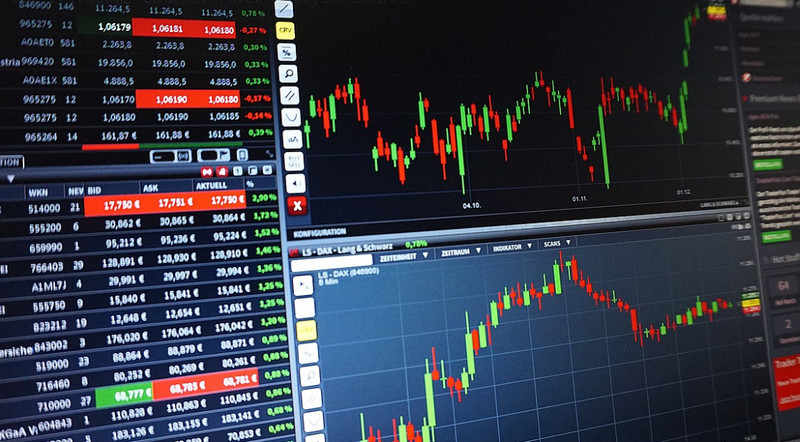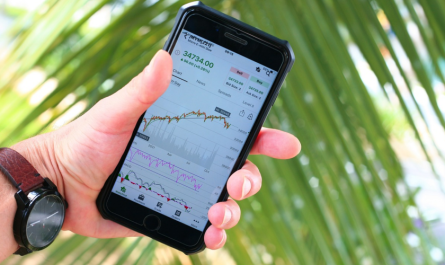Investing in the stock market doesn’t always have to be risky or unpredictable. Many investors look for low volatility stocks as a safer way to grow their wealth while avoiding dramatic market swings. These stocks tend to perform steadily even during economic uncertainty. In this article, we’ll explore how to research and buy low volatility stocks effectively, helping you build a portfolio focused on safe investment strategies and long-term success.
Understanding Low Volatility Stocks
Low volatility stocks are shares that experience smaller price fluctuations compared to the overall market. While they may not offer explosive growth, they provide consistency and reduce the emotional stress associated with large price swings. These stocks are ideal for investors who prioritize stability over speculation.
For example, companies in essential sectors like utilities, healthcare, and consumer staples often fall under the low volatility category. Their products and services remain in demand even during economic downturns.
According to Investopedia’s guide on low volatility indices, these stocks often outperform the market over the long term because of their steady returns and resilience in downturns.
Why Choose Low Volatility Stocks?
Choosing low volatility stocks is an excellent strategy for investors who want to balance risk and return. These investments tend to:
- Provide more stable returns during market turbulence
- Reduce the emotional impact of market fluctuations
- Offer a safer path to long-term wealth growth
- Fit well with safe investment strategies
Low volatility investing isn’t about avoiding risk entirely—it’s about managing it wisely. Investors who prefer consistent performance over short-term excitement can benefit from this approach.
Researching Low Volatility Stocks
To identify suitable low volatility stocks, start with thorough research. Here’s a step-by-step guide to finding and analyzing them effectively:
1. Screen for Stocks with a Low Beta Value
Beta measures how much a stock’s price moves compared to the market. A beta below 1.0 indicates lower volatility. You can find beta values on platforms like Yahoo Finance or MarketWatch.
For instance, if you’re investing in companies with betas around 0.5 or 0.7, you can expect smoother performance even when broader markets are volatile.
2. Focus on Defensive Sectors
Companies in sectors such as utilities, healthcare, and consumer goods tend to be more stable. These sectors are less affected by economic cycles, making them ideal for safe investment strategies. Look for businesses that have a strong customer base and consistent revenue streams.
3. Evaluate Dividend History
Reliable dividends are often a sign of financial stability. A company that pays regular dividends tends to have steady cash flow. Dividend-paying low volatility stocks are excellent for long-term investors seeking both growth and income.
4. Analyze Financial Health
Review a company’s financial statements to assess its debt levels, profit margins, and cash reserves. Low-debt companies are typically less vulnerable to market shocks. Websites like Morningstar provide comprehensive financial data for in-depth analysis.
5. Consider Professional Research Tools
Investors can use professional-grade research tools for better insights. Platforms such as Bloomberg Terminal or Seeking Alpha offer expert commentary and market data that support more informed investment decisions.
Also, check out our internal article for more insights on investment research strategies (example.com) that help you assess a company’s long-term potential.
Buying Low Volatility Stocks
Once you’ve identified the right companies, it’s time to invest. Here’s how you can buy low volatility stocks effectively:
1. Use a Trusted Brokerage
Choose a reliable online broker with low fees and strong research tools. Examples include Fidelity, Charles Schwab, and eToro. These platforms offer easy access to U.S. and international stocks and are suitable for both beginners and experienced investors.
2. Diversify Your Portfolio
Diversification is essential in any stock market investing strategy. Combine low volatility stocks from different sectors to reduce risk. For instance, include utilities, healthcare, and consumer staples stocks to create a well-balanced portfolio.
You can learn more about diversification and risk management (example.com) to strengthen your investment approach.
3. Invest Consistently
Instead of trying to time the market, consider investing regularly through a systematic investment plan. This method smooths out the impact of price fluctuations over time, aligning perfectly with safe investment strategies.
4. Monitor and Rebalance
Even though low volatility stocks are stable, regular portfolio reviews are essential. Rebalance your holdings at least once a year to maintain your risk and return balance.
Examples of Low Volatility Stocks
Here are a few well-known companies that often qualify as low volatility stocks:
- Johnson & Johnson (JNJ) – A healthcare giant known for consistent performance and reliable dividends.
- Procter & Gamble (PG) – A consumer staples leader with a long history of stability.
- Duke Energy (DUK) – A utility company providing consistent returns and strong dividend payouts.
- Coca-Cola (KO) – A globally recognized brand that performs well even during market downturns.
These companies are strong examples of how steady, defensive businesses can deliver long-term growth without significant volatility.
Low Volatility ETFs
If you prefer not to pick individual stocks, you can invest in low volatility ETFs (exchange-traded funds). ETFs like the iShares MSCI USA Min Vol Factor ETF or Vanguard Global Minimum Volatility Fund offer diversified exposure to low-risk assets across multiple sectors.
Final Thoughts: Building Stability Through Low Volatility Stocks
Investing in low volatility stocks is a smart move for those who want to minimize risks while growing their portfolio steadily. By focusing on financially healthy companies, defensive sectors, and consistent dividends, investors can achieve steady growth without unnecessary exposure to market turbulence.
When combined with safe investment strategies, these stocks become a foundation for long-term financial well-being. Remember to diversify, monitor performance, and stay disciplined. Over time, your consistent, balanced approach can lead to sustainable wealth and peace of mind.







